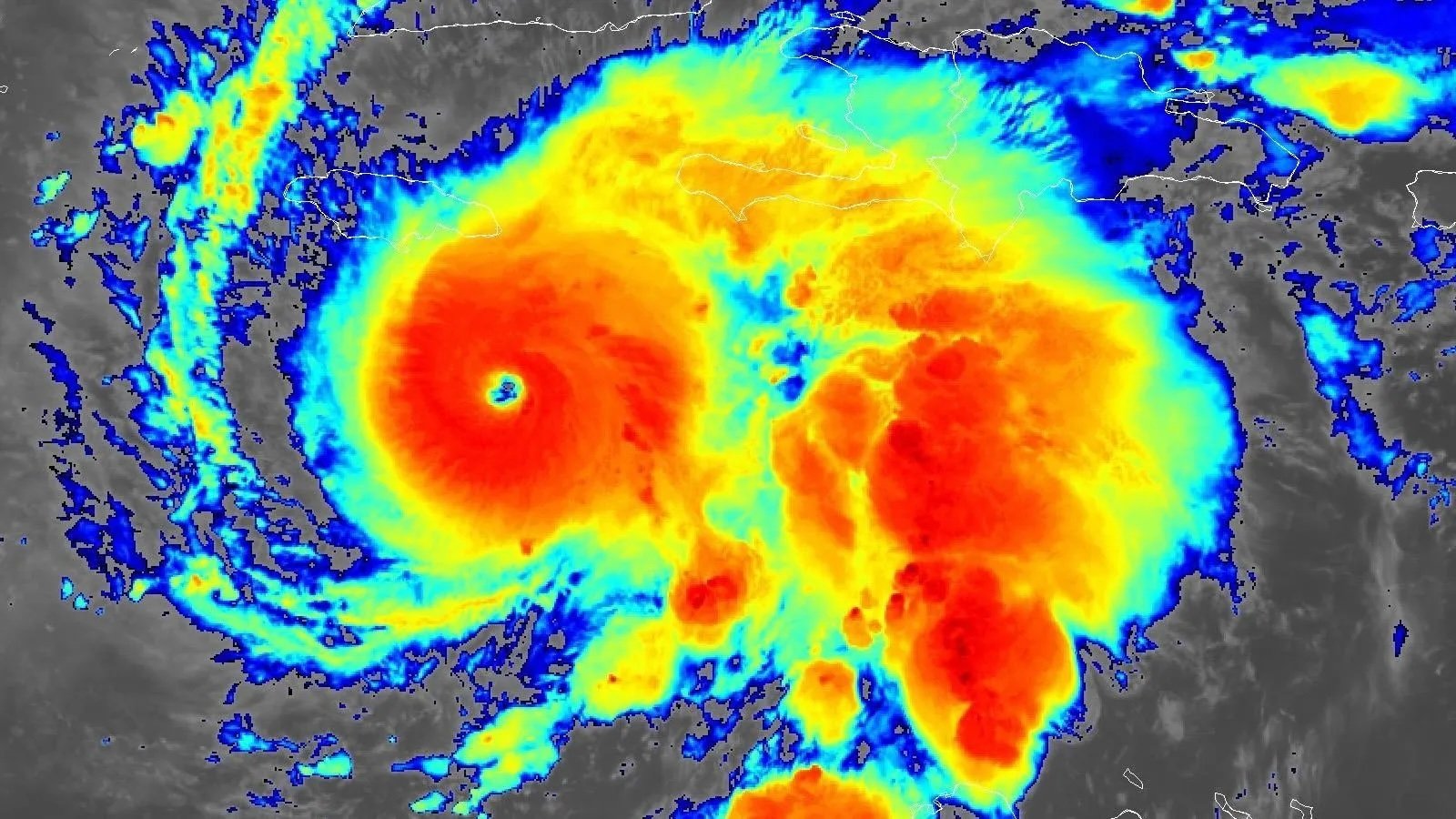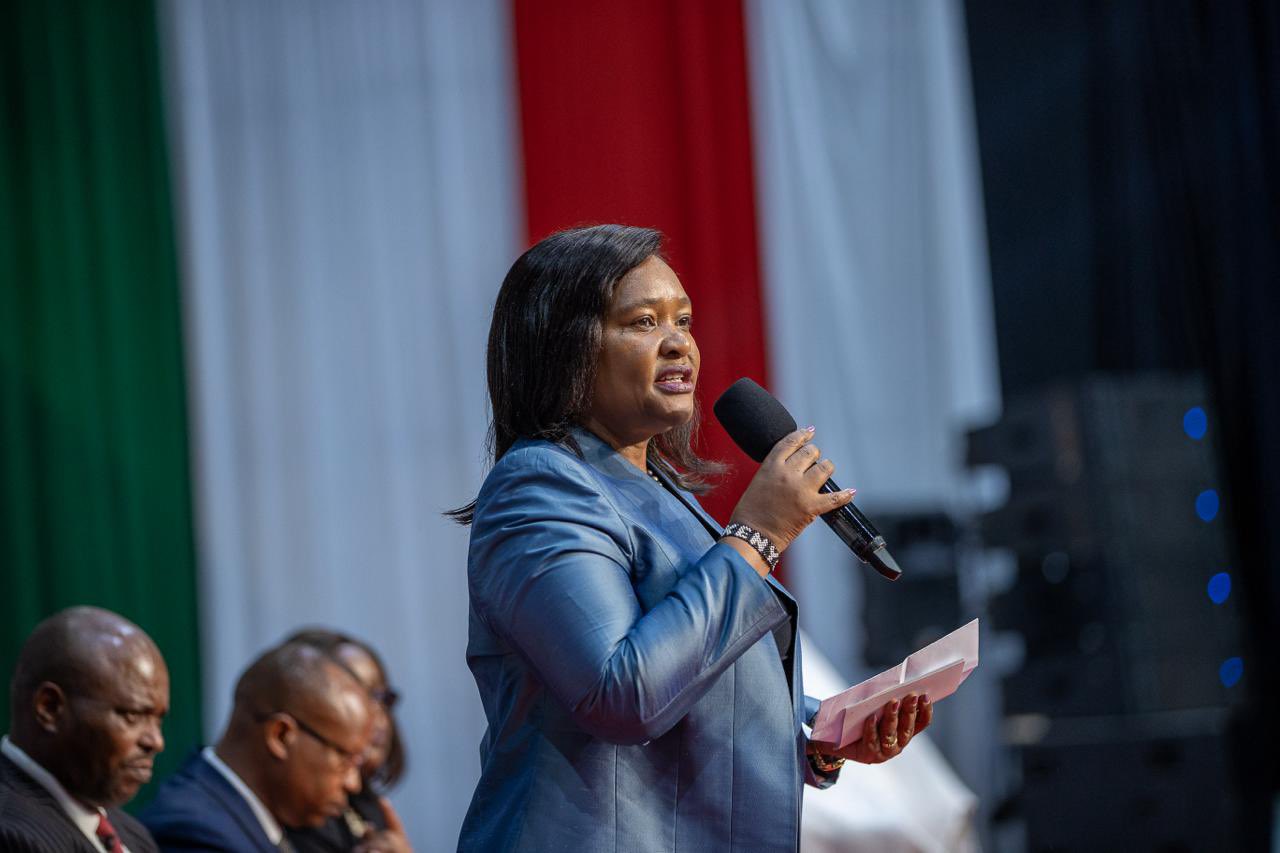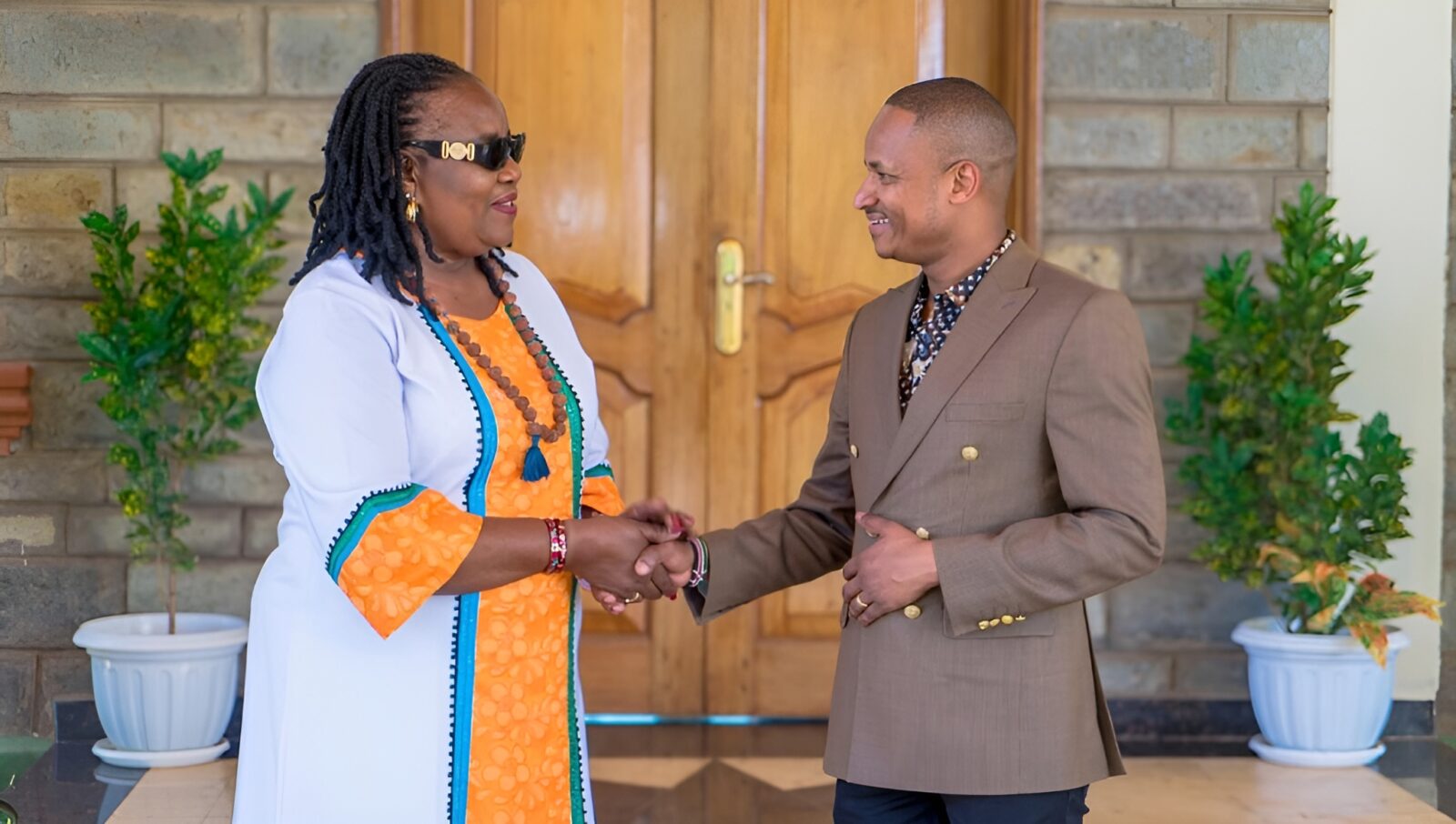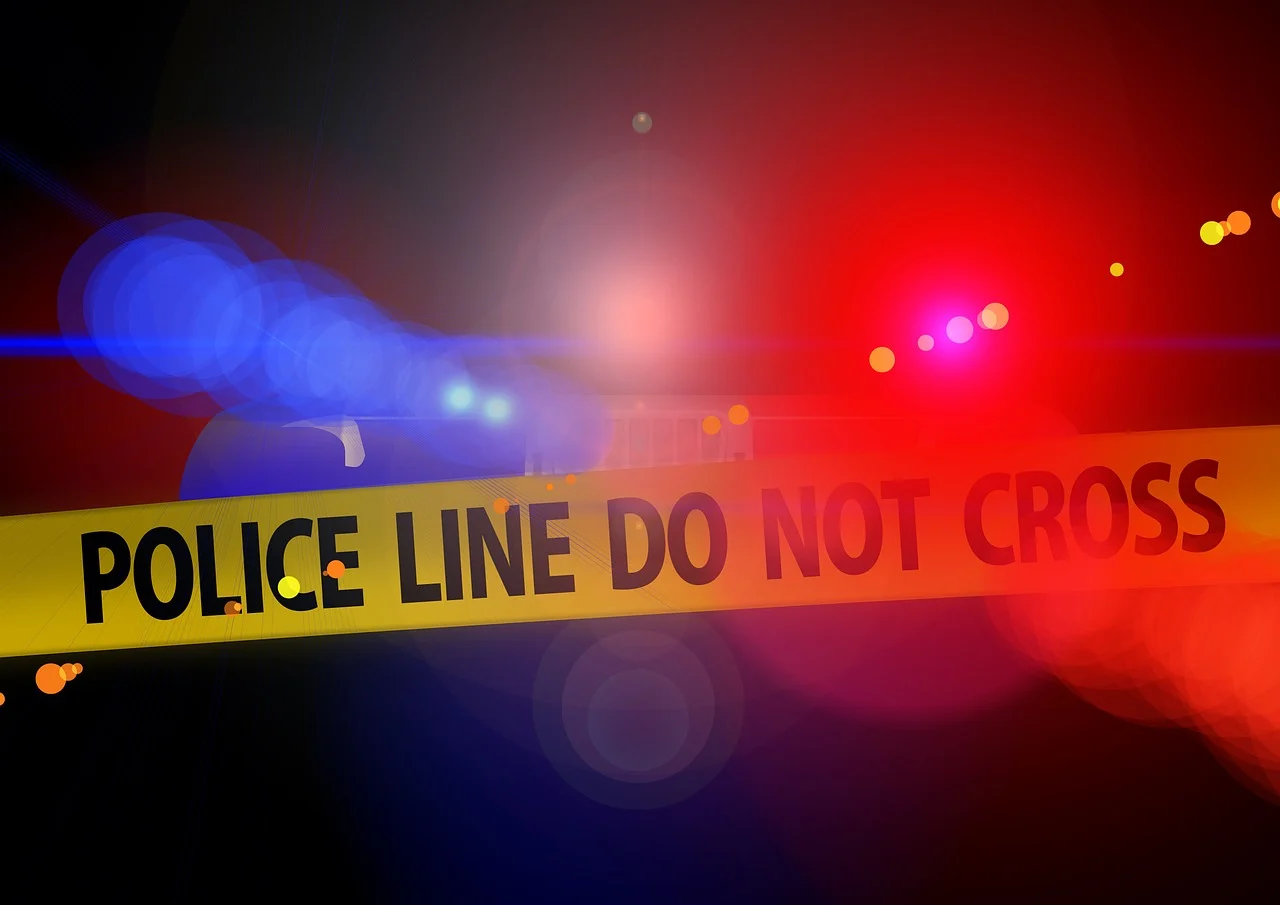When the ocean gets too hot, nature throws a tantrum. That tantrum has a name: a hurricane.
Hurricanes are born when warm ocean water, usually above 26°C, meets moist tropical air. The heat rises, the air spins, and suddenly the sky starts brewing trouble.
What begins as harmless clouds turns into a swirling storm system, sucking energy from the sea like a giant straw. Scientists call it a tropical cyclone, but let us be real, it is Mother Nature on steroids.
The recipe is simple but deadly. Warm water and moist air rise, twisting under Earth’s spin until they form a spiral. As the system strengthens, it develops a deceptive calm in the middle—the eye—while chaos rages all around it.
Once winds hit 119 km/h, congratulations, you have a hurricane. The stronger the winds, the higher the category. By Category 5, you are dealing with a natural blender that is moving at 252 km/hr.
And hurricanes bring more than just wind. They dump massive rainfall, trigger floods and landslides, and leave power outages that can last for weeks. Roads vanish, trees turn into flying missiles, and the air hums with a rhythm only nature could compose.
But even in the chaos, there’s a strange balance. According to NOAA, hurricanes are part of Earth’s way of moving excess heat from the tropics toward the poles. Dangerous, but a necessary cooling mechanism. Without them, the planet could heat up even faster. Nature, in all its fury, is also nature at work.

Hurricanes like Gilbert in 1988, Katrina in 2005, and now Melissa in 2025 have rewritten coastlines and crushed livelihoods. Yet in rare moments, hurricanes also cool overheated oceans, replenish dry regions, and stir up nutrients that help marine life thrive. Nature’s chaos sometimes feeds future life.
As Jamaica faces Hurricane Melissa, preparation is everything. Reinforcing roofs before the winds rip them apart. Stocking up on food, water, batteries, and first-aid supplies.
For those living near the coast, evacuating early is crucial. Staying informed through official alerts, not WhatsApp forwards. Those few hours of readiness can mean the difference between safety and tragedy.
Hurricane Melissa, a Category 5 beast, is pounding Jamaica. Streets are flooded. Power lines are down. More than 165,000 people are in danger. Shelters are filling up fast as the island faces the strongest hurricane in its recorded history.
Meteorologist Jennifer Trivedi says Melissa’s slow movement is what makes her deadly: “The longer she stays, the more she destroys.” Slow storms dump endless rain until hillsides turn into rivers.
But Jamaicans are no strangers to storms. They survived Gilbert, they survived Beryl, and each time they came out stronger. There is fear, yes, but also resilience. As one Kingston resident said, “We have seen worse, but this one feels personal.”
Research from the University of Miami and NASA shows hurricanes are becoming stronger due to rising ocean temperatures. More heat means more fuel. More fuel means more Melissas. Yet climate scientists remind us that preparedness saves lives.
A 2024 study published in Nature Climate Change revealed that communities conducting regular evacuation drills and maintaining well-equipped storm shelters can cut disaster-related casualties by nearly 60%.
Hurricanes remind us that we share this planet with forces beyond our control. They don’t negotiate. They don’t apologize. But they do reveal something extraordinary: our ability to unite, rebuild, and adapt.
Hurricane Melissa will leave scars, but not defeat. Jamaica will rise again. And as the winds calm, one truth remains: storms pass, but people endure.












